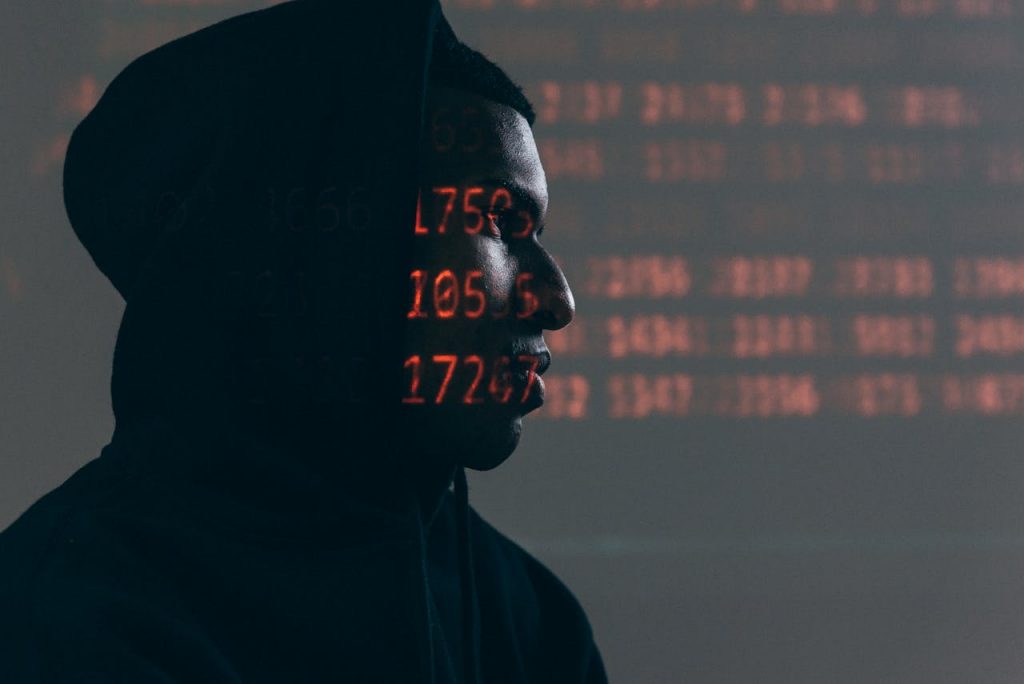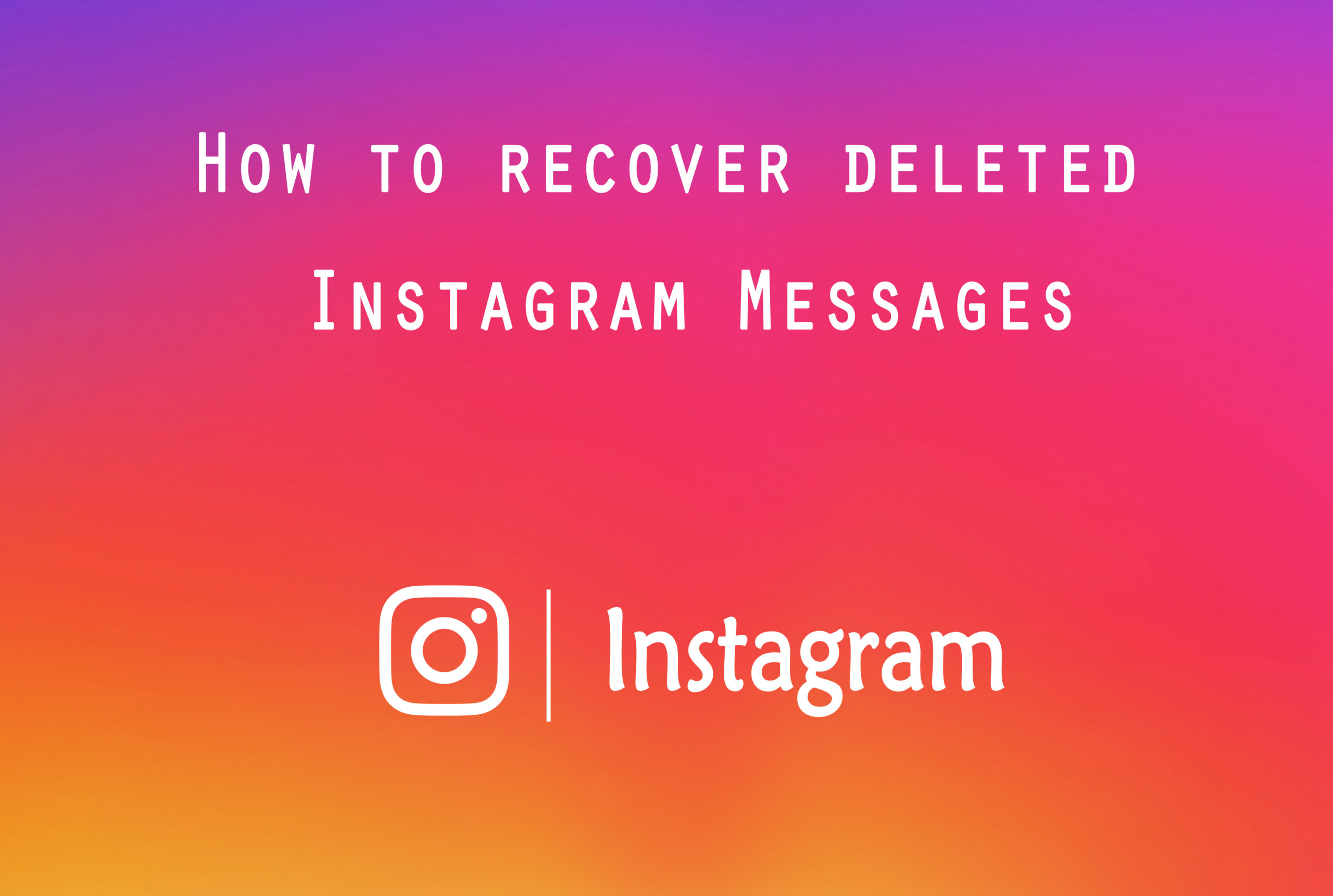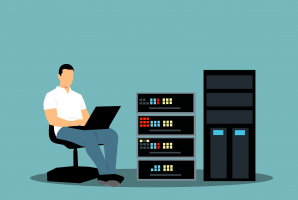“The world is becoming increasingly complex, and the threats we face are evolving at an alarming rate.” – Bill Gates. These words ring truer today than ever before, especially when it comes to the circumstances of today. If we’re thinking in a digital atmosphere, yes, there are many reasons to be a little bit afraid of criminal activities.
Fraud, once a simple act of deception, has morphed into an elegant, high-tech crime that’s costing businesses billions annually.
Even from your local coffee shop, to multinational corporations, no matter the size, the truth is there—no one is immune to the threat of fraud. Whether it’s a phishing scam that steals customer data or a complicated payment fraud scheme that drains your bank account, the bad guys are getting smarter by the day. That’s why having a strong cybersecurity strategy in place is no longer an option – it’s a must.
But how do you do it, and how do you protect your business from these digital scams? It’s all about finding the balance—the right combination of prevention and advanced technology. Everyone is invited to be part of the club called: Reduce Your Risk of Falling Victim to Fraud. Are you ready to join? Let’s go.
Understand the evolving fraud scene ASAP
Unfortunately, it’s developing fast, and the fraudsters are a persistent bunch. They’re always looking for new ways to steal your money or your customers’ information (and money too). Classic scams like phishing and identity theft are still going strong, but they’ve got some new tricks up their sleeves. These days, understandably, everything hyping around the AI sensation is expected from fraudsters to use AI and deep fakes to make their sams even harder to spot. It’s like they’re playing a high-stakes game of cat and mouse with businesses everywhere.
And the stakes are high. Getting scammed can be a major financial disaster, not to mention the damage it does to your brand reputation. Trust is everything in life and business, and once it’s broken, it’s tough to rebuild.
This is why it’s important to get to know the cards the fraud scene is dealing with. As soon as you know who the players behind the bluffing and deceit are, you know how to play your cards well to prevent fraud.
Cybersecurity practices to try on for a better foundation
Building a strong digital defence, as with any, must start with a strong foundation. And yes, the employees are your archers, the first line of defence. And this must be a focus at all times. Your duty is to equip them with the knowledge to spot the red flags of scammers out there.
And it must have consistency. Why? Since they’re always developing, so must your team as well—to always be ready and help them stay ahead of fraudsters. Just think about implementing regular security training, even phishing simulations; that’s a good start to begin with and it opens the world of possibilities. Everyone who is supported in that way will only flourish.
So, passwords, hey! They are your digital golden keys, so treat them with care. Strong, unique passwords are essential, but, to be honest, remembering a million different ones is exhausting. That’s where password managers come in handy. They work like a personal password assistant, keeping your digital life secure and well organized.
Your network also needs to build walls, and you need to protect it from attackers. Firewalls and intrusion detection systems are like bodyguards, keeping unwanted visitors out of the club. And if you have a Wi-Fi network, make sure it’s secure with strong encryption. You don’t want to leave your front door unlocked, would you?
Also, let’s mention that your customer data is paramount. This sensitive information represents the trust that your customers have placed in your business. Even in the event of a breach, encryption offers a strong security layer that prevents unauthorized parties from accessing data. It’s very similar to having a high-security vault and locking your most valuable assets in it, so the Pink Panthers of the world can’t get in.
Complementing encryption, the data loss prevention (DLP) system keeps an eye on how your information is used and shared and sounds the alarm if anything remotely suspicious happens. Let’s say if someone tries to send a huge file of customer data outside of the company. DLP will immediately flag it as an unusual activity.
So, no more destruction or modification is possible. It involves a combination of technologies, policies, and procedures designed to identify and monitor the data across different platforms, including on-premises systems, cloud environments, and endpoint devices.
The significance of fraud detection software
Fraud detection software is your personal Sherlock Holmes, working tirelessly to find out suspicious activity. It’s like having someone watch out and analyze every transaction and customer behaviour in real-time. Instead of relying on manual checks, which can be slow and error-prone, this software uses advanced technology to identify potential hackers.
The real magic happens in the software’s features. Real-time transaction monitoring—instantly flagging anything out of the ordinary—is a speciality. So finding the right one must happen instantly, from the very start. Using fraud detection software with behavioral analytics to profile your customers, will help you spot when someone acts differently than usual.
And not to forget about machine learning (ML) and AI, which are like teaching your software to learn from past mistakes and just get smarter over time. Anomaly detection is the cherry on top; finding those hidden patterns will help you learn from your mistakes.
So, wondering how this all works together. The software crunches through enormous amounts of data, looking for red flags. It might notice unusual spending patterns, inconsistent information, or even strange device activity. If something looks fishy, it raises an alert for human review.
This technology helped a lot for businesses across the board. For example, banks can use it to prevent credit card fraud, online retailers can detect fake accounts, and insurance companies can identify fraudulent claims. Shield for protecting your business against financial loss and reputational damage? Done.
Additional cybersecurity measures to consider
Hey, the good old multi-factor authentication (MFA) is just another locket on your digital door. It generally means using something you know (here comes the password magic dust) and something you have (using your phone) to log in. An extra small step can make a huge difference in your protection against fraud.
As always, regular security check-ups are essential. Just like body scans, you need to be regular if you want to stay in healthy shape. Security audits and assessments help you find any weak spots in your defences before the bad guys do. And while you’re at it, make sure to follow industry rules like PCI DSS for payment card data and GDPR for customer information.
It’s important to have a good response plan. What’s that? Well, it’s an incident response plan for when something goes wrong. An incident response plan is just like a fire escape route—you hope you never need it, but it’s crucial to have one in place. This plan outlines steps to take in case of a data breach, from assessing the damage to notifying affected parties. It’s a roadmap you need to have, just in case.
Tip-toeing around it doesn’t make sense, and fraudulent activities are not a joke. Take it seriously; understand it as an ongoing route you have to go through. With all the presented measures and practices, you can create a practical defence against cyber threats.
For a safer future, start now
Think it out, process it, and find the best solution that suits your business needs. We’ve covered a lot of ground here. From beefing up your defences with strong passwords and employee training to using smart tools like fraud detection software, there’s a lot you can do to protect your business from digital crooks.
Being real with yourself and remembering always, that the online world can be a wild and dangerous place, and staying one step ahead of the bad guys is major. Use the opportunities to learn and educate yourself and others, just don’t let yourself become a victim. Think of it as upgrading your armour as the enemy gets stronger.
By taking cybersecurity seriously, you’re not just protecting your bottom line, but also building trust with your customers. They want to know that their personal information is safe in your hands. So, roll up your sleeves, implement these strategies, and give those cybercriminals a run for their money. Your business depends on it.
suggested:
Selling Art in Cyberspace: Tips for Artists Going Digital.
How to Create a Strong Cybersecurity Culture in Your Organisation?
Like this:
Like Loading...













 Managing Real-time Data in React App with Firebase
Managing Real-time Data in React App with Firebase
Great post! You’ve highlighted some essential best cybersecurity practices that everyone should follow. I especially agree on using strong passwords and enabling 2FA—it’s such an easy way to boost security. Keeping software updated is another crucial tip many forget. Thanks for sharing these practical insights!
Cybersecurity is more crucial than ever, especially with the increasing sophistication of online threats. The best practices outlined in this article are spot-on. Thank you for the wonderful article!
I appreciate you giving these kind article. Anyone trying to strengthen their cybersecurity defenses needs to know this more.
“Excellent post! The cybersecurity practices you’ve outlined for preventing fraud in 2024 are crucial for staying ahead of threats. Your tips are both actionable and timely. Thanks for providing such valuable guidance on protecting against fraud!”
Hi Mika,
Excellent article! The insights on best cybersecurity practices are valuable, especially for me who runs a small business with a limited budget in today’s digital landscape where cyber threats constantly evolve.
I particularly found the section on multi-factor authentication (MFA) very compelling. It’s a simple yet highly effective measure that significantly enhances security. Implementing MFA across all critical accounts should be a top priority for both individuals and organizations.
I’m curious about your thoughts on the role of employee training in cybersecurity. While technical defenses are crucial, human error often remains a significant vulnerability. What are some effective strategies you’ve seen for educating employees on recognizing and responding to potential fraud attempts?
Thanks again for sharing these practical tips. This information is essential for anyone looking to bolster their cybersecurity defenses.